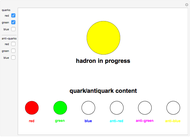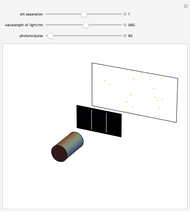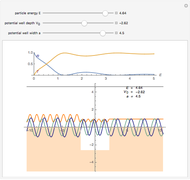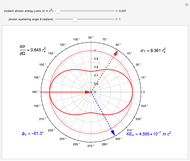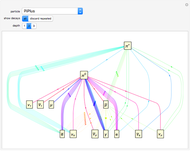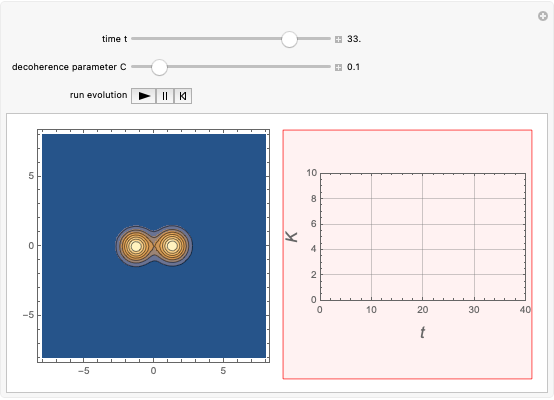Combining Quarks into Hadrons

Requires a Wolfram Notebook System
Interact on desktop, mobile and cloud with the free Wolfram Player or other Wolfram Language products.
The "particles" setter summarizes the component particles of the Standard Model: quarks, leptons, gauge bosons, and the putative Higgs particle.
[more]
Contributed by: S. M. Blinder (January 2008)
Open content licensed under CC BY-NC-SA
Snapshots
Details
Snapshot 1: The Standard Model "cast of characters".
Snapshot 2: The proton has spin 1/2, quark composition uud. Its charge is therefore given by  , the negative of the electron charge. The higher energy
, the negative of the electron charge. The higher energy  hyperon contains the same quarks, but with total spin 3/2.
hyperon contains the same quarks, but with total spin 3/2.
Snapshot 3: The spin 1/2 combination udd gives the neutron, with  . Although this is a neutral particle overall, it has internal positive and negative charges, which account for its magnetic moment. The
. Although this is a neutral particle overall, it has internal positive and negative charges, which account for its magnetic moment. The  hyperon has the same quark composition, but total spin 3/2.
hyperon has the same quark composition, but total spin 3/2.
Snapshot 4: One of the multiplet of three pions,  ,
,  , and
, and  , made of u and d quarks and antiquarks.
, made of u and d quarks and antiquarks.
Permanent Citation













